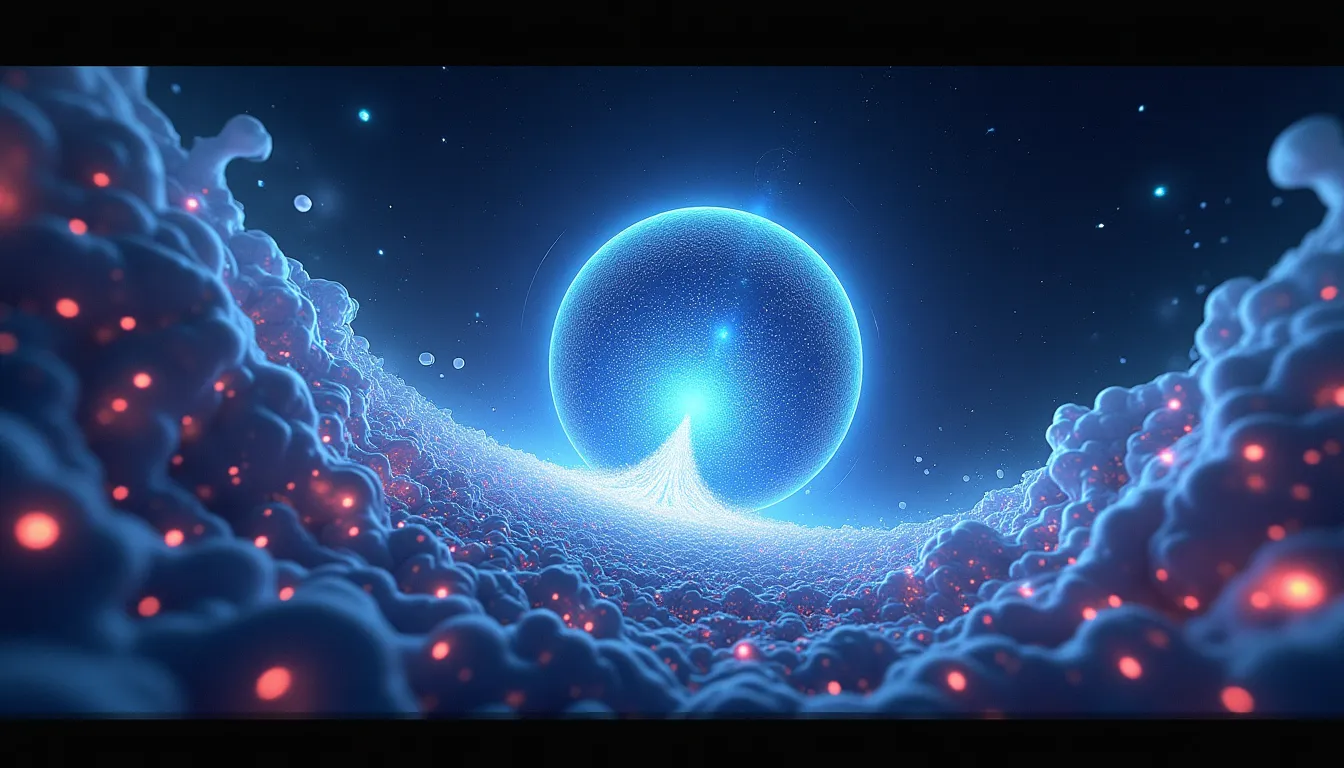As the world becomes increasingly reliant on intelligent machines, the need for safe, reliable, and adaptable physical AI models has never been more pressing. However, training these models requires vast amounts of data that accurately reflect real-world scenarios, which can be difficult and dangerous to collect. This is where physically based synthetic data generation comes into play, offering a solution to bridge the gap between simulation and reality.
NVIDIA’s recent updates to its Cosmos open world foundation models (WFMs) are a significant step forward in this area. By leveraging NVIDIA Omniverse libraries and Cosmos, developers can generate physically based synthetic data at an unprecedented scale. The latest Cosmos Predict 2.5 model unifies three separate models into a single, lightweight architecture, enabling the creation of consistent and controllable multicamera video worlds from a single image, video, or prompt.
The implications of this technology are far-reaching. Companies like Skild AI, Serve Robotics, and Zipline are already utilizing NVIDIA’s synthetic data generation capabilities to accelerate physical AI development. For instance, Skild AI is using Cosmos Transfer to augment existing data with new variations, allowing for more comprehensive testing and validation of robotics policies. Serve Robotics, on the other hand, has built one of the largest autonomous robot fleets operating in public spaces, relying on synthetic data generated from thousands of simulated scenarios in NVIDIA Isaac Sim.
This move reflects broader industry trends, where companies are turning to simulation and synthetic data to overcome the limitations of traditional data collection methods. By harnessing the power of physically based synthetic data, developers can create more robust and adaptable physical AI models that can operate effectively in dynamic, real-world environments.
To learn more about the potential of synthetic data for physical AI development, explore the resources provided by NVIDIA, including the “Getting Started With Isaac Sim” learning path, the generative AI reference workflow, and the NVIDIA Cosmos Cookbook. With the ability to generate high-quality synthetic data, the possibilities for innovation and advancement in the field of physical AI are vast and exciting.
Source: Official Link
